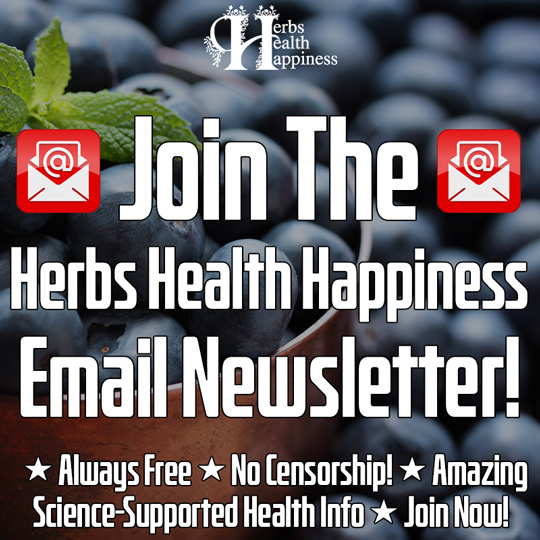Top 6 Essential Oil Diffuser Blends For Well Being
Top 6 Essential Oil Diffuser Blends For Well Being. Graphic: © herbshealthhappiness.com. Oil / flowers photo – Pixabay (PD). When it comes to essential oils, the possible aromatherapy combinations are nearly endless. But the wide range of options can also …


